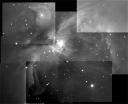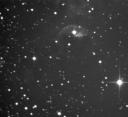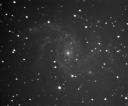A clear night woohooo, I don’t see too many on them!
I left work early thinking I’d make a start straight away, but found my wireless LAN wasn’t working. After an hour or more of un-installing and re-installing drivers, trying different adapters and eventually testing the LAN with a Nintendo WII(!) I discovered my new TV sender was interfering with the LAN signal. A quick change of channel on the sender and everything was working, but I’d lost precious time.
A hasty setup and polar align then straight into imaging. There was a breeze which from timw to time was an issue and later on some clouds, but apart from that it was good viewing weather. I don’t know what possessed me but I started looking around for faint galaxies and nebulae, but without a guidescope my long exposures are still limited to 10’s of seconds.
I’ve done some very rough processing so far but I’m sure there will be many rainy nights when I can revisit them.
Here are a few:
The Bubble Nebula
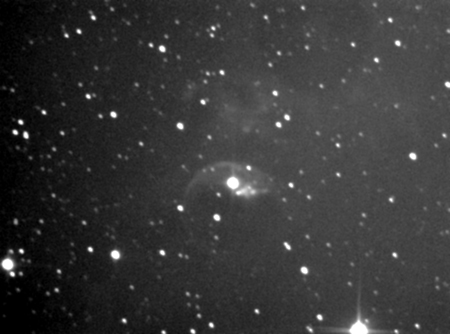
NGC 7333 Galaxy Cluster
 NGC 6946
NGC 6946
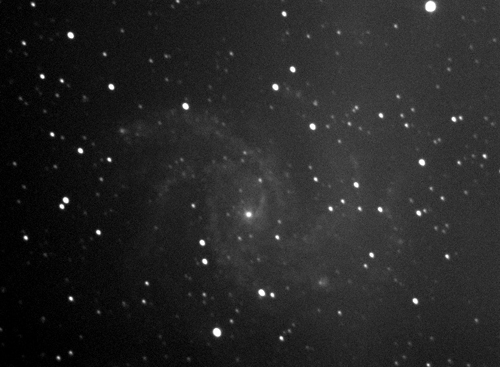
I’ll get some more details on here when I get a minute.
All images taken with Atik 16ic Mono, 254mm Newtonian with 1200mm focal length on EQ6 Pro Mount.
I was contacted by Belfast University regarding my images but asked to keep it quiet as they’d discovered a Supernova (SN2008S) in NGC6946 and wanted to use my images to confirm it’s existence and estimate when it first occurred. As a “thank you” they included my name in the list of authors – does that make me a scientist 
Here’s an extract from the resulting paper:
We commenced monitoring SN 2008S shortly after the discovery
epoch and collected data for the following eight months with a sam-
pling rate among the highest ever obtained for such a peculiar tran-
sient. Data obtained before the discovery date by several amateur
astronomers are also included to constrain the explosion epoch of
SN 2008S. The unfiltered image acquired by D. Abraham on Jan-
uary 16 (JD 2 454 482) shows no object visible in the SN 2008S
location with a limiting magnitude of 19.20 in V band (18.60 in
R band), while the first detection of SN 2008S is eight days later
on January 24 (JD 2 454 490). We therefore adopt January 20 (JD
2 454 486) as the explosion epoch, the uncertainty being about 4 d.
The phases in this paper are relative to the explosion date (when we
fix ph=0).
The full paper is available here http://arxiv.org/abs/0903.1286
